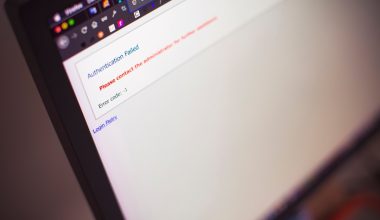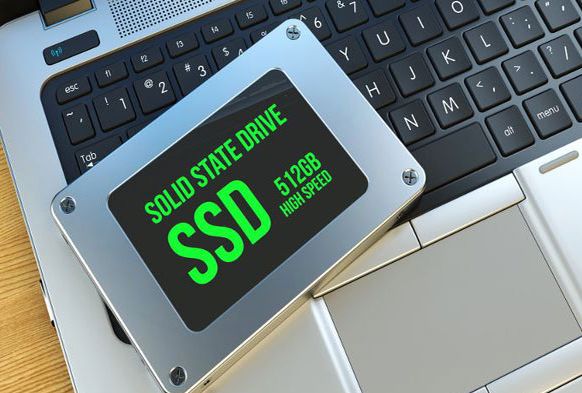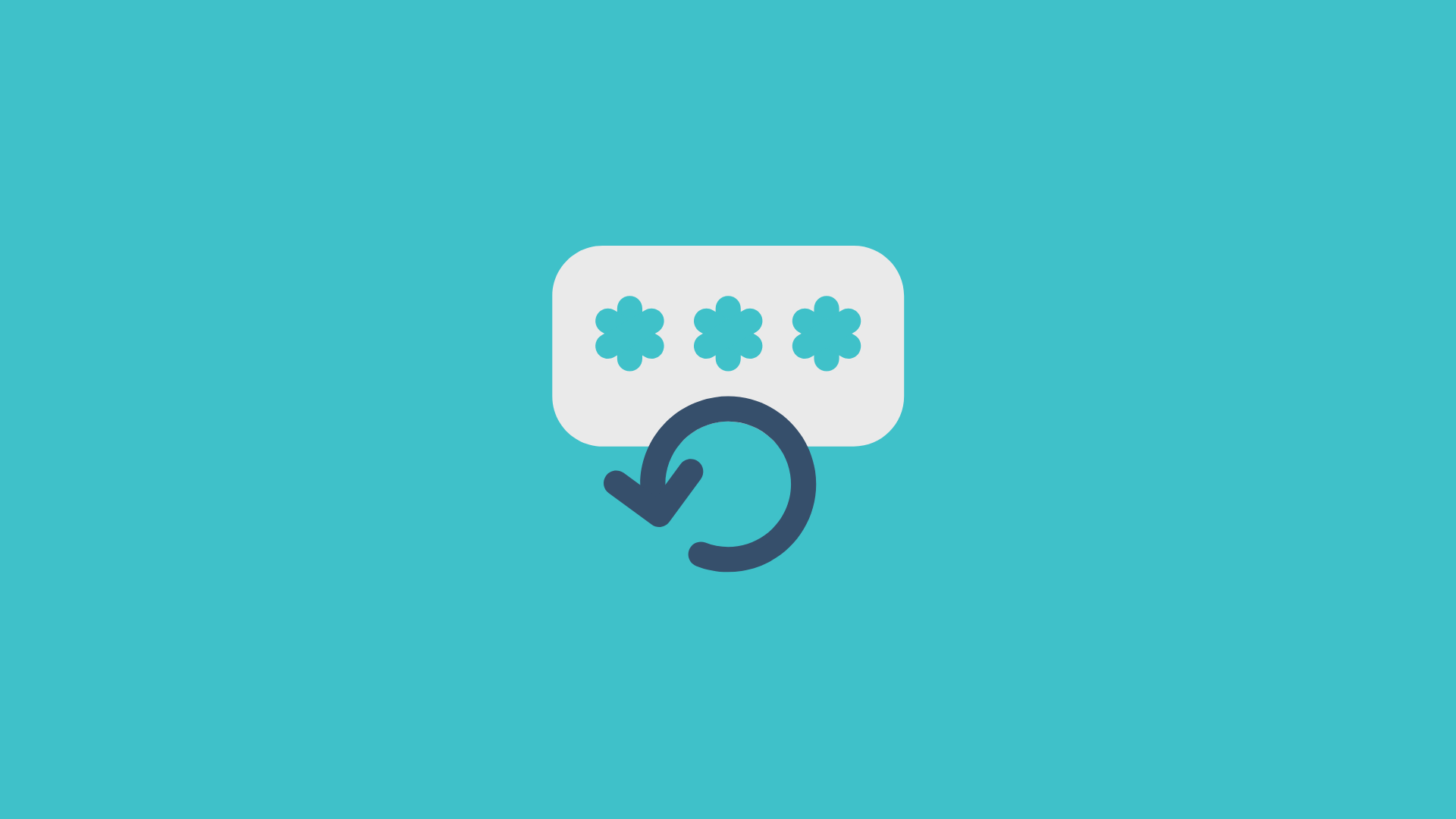Running binary files on Ubuntu 24.04 can be a straightforward process, but for users who are new to Linux or just unfamiliar with how to properly execute a .bin or binary file, the process can seem confusing at first. Understanding the steps involved ensures a smoother experience, whether you’re installing third-party applications, proprietary software, or custom-built programs. This step-by-step guide will walk through everything you need to know about installing and executing a binary file on Ubuntu 24.04.
What is a Binary File?
A binary file is a compiled version of a program written in human-readable code. These files are often platform-specific and are typically executable, meaning they are ready to run without needing further compilation. You’ll often encounter binary files as part of software downloads from websites or as distributed tools from developers.
Step-by-Step Guide to Install a Binary File on Ubuntu 24.04
Step 1: Download the Binary File
The first step generally involves downloading the binary file either from a web source or transferring it from a USB device. These files have no fixed extension, but you might find them with .bin, .run, or simply no extension at all.
Step 2: Move the File to a Suitable Location
For better file organization and access, it’s a good idea to place the downloaded file in a specific folder such as /opt or a directory inside your home folder. Use the mv command:
mv filename.bin /opt/Step 3: Make the File Executable
Before executing, you need to grant the file executable permissions. Use the chmod command as follows:
chmod +x /opt/filename.binThis allows the system to treat the file as a program that can be executed.
Step 4: Execute the Binary File
Once marked as executable, you can run it by specifying the path to the file:
./filename.binIf the file is not in your current directory, use the full path like:
/opt/filename.binStep 5: Handle Any Dependencies
Some binaries may require additional libraries or software packages. If the binary doesn’t run correctly or shows an error message, check the documentation or readme file included with the software. You may need to use apt to install missing dependencies:
sudo apt install libnameStep 6: Create a Desktop or Menu Shortcut (Optional)
To make the binary easier to access, consider creating a desktop shortcut or a menu launcher. Use a .desktop file:
[Desktop Entry]
Name=AppName
Exec=/opt/filename.bin
Icon=/opt/icon.png
Type=Application
Terminal=false
Save this file to ~/.local/share/applications/ or to the Desktop and make it executable.
Conclusion
Installing and running binary files on Ubuntu 24.04 doesn’t need to be complicated. By following the above steps, users can execute and manage binary applications just as they would in other operating environments. With increasing availability of Linux applications in binary form from developers, this skill becomes essential for both beginners and experienced users alike.
Frequently Asked Questions (FAQ)
-
Q: What should I do if I get a “Permission denied” error?
A: Make sure you’ve granted executable permissions using:
chmod +x filename.bin. -
Q: Can I run Windows binary files on Ubuntu?
A: No, Windows binaries will not run natively. You would need compatibility tools like Wine or a virtual machine. -
Q: How do I know if the binary is safe to execute?
A: Always download binaries from trusted sources. You can also use tools likesha256sumto verify the integrity of a file. -
Q: Is there a graphical way to run a binary file?
A: Yes, you can right-click on the file in your file manager, choose “Properties,” and check “Allow executing file as program,” then double-click to run. -
Q: What if the binary file doesn’t run or shows missing library errors?
A: Check the terminal output for specific library errors, and usesudo apt installto fetch the necessary dependencies.





